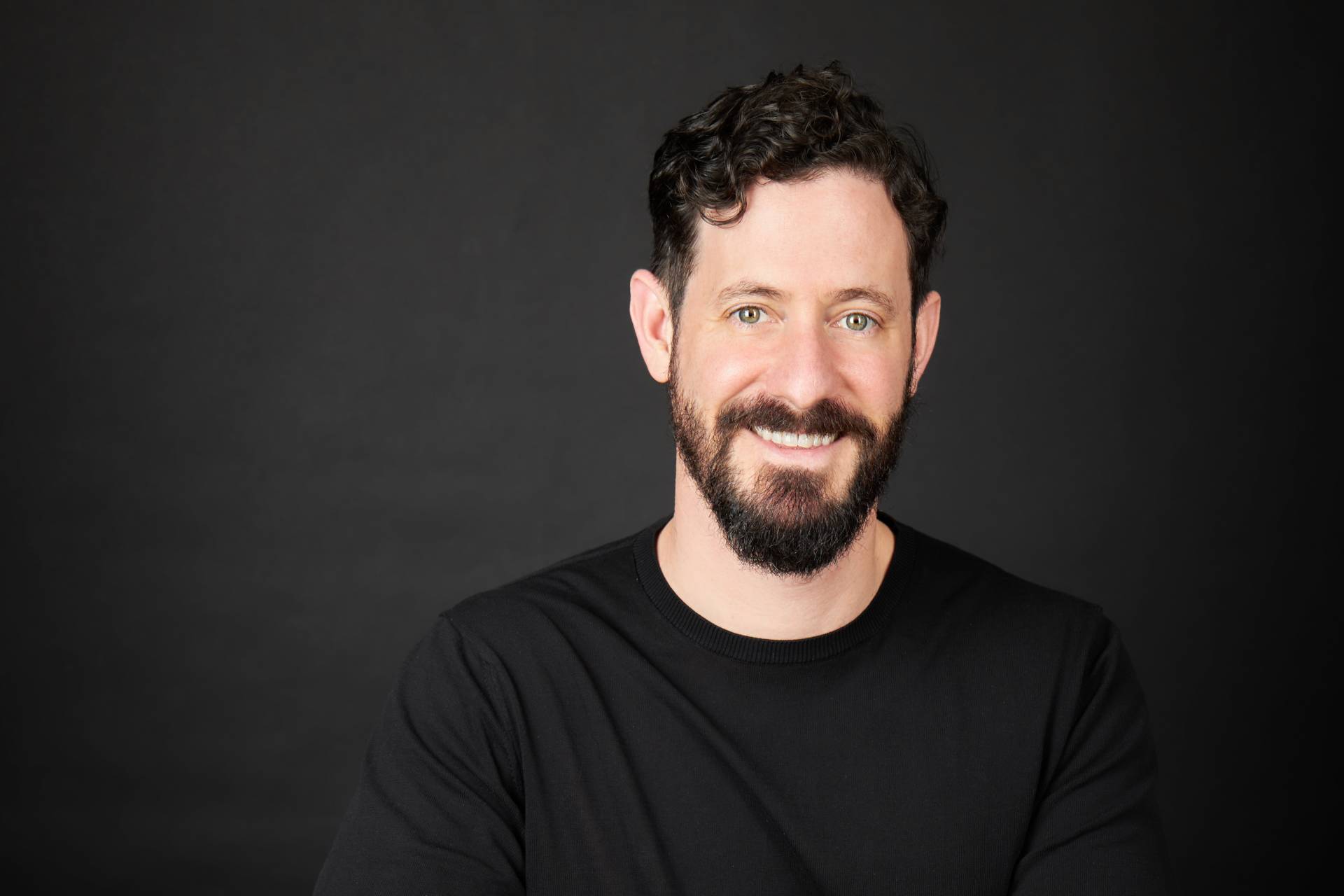In recent years, the value of neurodivergent employees has started to be properly recognised. But we have a long way to go in designing equitable workplaces that nurture different types of people and personalities day-to-day.
Inclusive design sometimes involves practical physical interventions––wheelchair ramps are one example. But many of the barriers experienced by neurodivergent people are less straightforward. They may not even be visible. Instead, many people face sensory obstacles in the built environment.
For decades, noise has been one of the biggest complaints in offices. Some workplaces are too loud, which is stressful and bad for our health. Others –– particularly post lockdown –– are unnaturally quiet. In quieter spaces, distracting sounds like overheard conversations become even more apparent and, for the speaker, privacy is non-existent.
Historical attempts to solve this problem have been one-dimensional, aimed only at reducing noise levels. We’ve tended not to think about sound holistically or how, instead of just removing it, there might be benefits in bringing sound into the workplace.
There’s good reason to improve everybody’s sonic experiences. Poor sound affects our physical health, mental health, and performance at work. But these longstanding problems with workplace sound also tend to disproportionately affect neurodivergent people.
Reponses to sounds
The concept of “neurodiversity” highlights the range of cognitive and behavioural traits that naturally exist in humans. Atypical responses to sound are most commonly associated with Autism Spectrum Disorder (ASD). The image that comes to mind might be a child covering their ears when they hear a loud noise like a vacuum cleaner or a hand dryer. Hypersensitivity to sound is quite common in people with ASD. But it’s not the only way they might respond to loud sounds. As Dr Stephen Shore famously said, “If you’ve met one person with autism, you’ve met one person with autism.” Within ASD alone, responses to sound vary massively, from hypersensitivity through to hyposensitivity.
And it’s not just people with ASD who are adversely affected by sound. Research shows that people with other conditions like Attention Deficit Disorder (ADD) and Tourette’s syndrome can also respond differently.
Many of us find it hard to focus in offices at the best of times. The typical office soundscape tends to be an amalgamation of things like other people’s conversations, air conditioning and device alert sounds. For a hypersensitive person, it’s incredibly hard to tune out these irrelevant noises and focus on the task at hand.
On the flip side, people who are hyposensitive to noise will thrive in completely different environments. For some people, highly complex, loud, or stimulating environments might actually be enjoyable and help them perform at their best.
It’s about more than ‘volume’
It’s important to remember too that people’s reactions to sound aren’t based on volume alone. There will be differences based on other characteristics, like the texture, pitch or meaning of that sound.
So how can we design an office soundscape that works for such a beautifully diverse group of people? It seems like an impossible task.
It’s important to note that the research in this area is not fully fledged. We know from scientific research that there are differences in how people respond to sound. But the answer, the solution to helping everyone thrive, is something we are only just beginning to unpick. It’s an area that my company, Moodsonic, and leading academic researchers are actively exploring.
I would like to suggest a few concepts, based on our experience designing healthy soundscapes in workplaces around the world.
The first concept is to think in terms of zones and user journeys. Clearly, one size will not fit all. There is no one single soundscape that will cater to all of your employees. So, create different sensory zones for people to choose between.
In some spaces, the soundscape can be stimulating and surprising. This lively soundscape might happen naturally, created by the types of people and activities in that space. Or it could be achieved by introducing a designed soundscape into the area –– maybe it’s a rainforest theme, where the sounds change over the course of the day, full of life and happy little treats for the ears.

In other zones, design a soundscape that’s quieter, calmer, and more consistent. If you know that distraction is a problem for your employees, a soundscape that includes running water can be a great antidote. Water can be a natural masking sound, so it’ll reduce the intelligibility of other people’s conversations, plus it’s predictable and, for many people, helps with restoration and calm.
This may be obvious, but where these zones are positioned in relation to one another is also important. Think about how sounds from one area might bleed into another and imagine typical employee journeys. Is there a route that a hypersensitive individual could take without having to pass through the music in reception?
The second idea, which I’ve already hinted to above, is to be inspired by nature. In the general population, the sounds of nature have been shown to help calm our brains and bodies and aid cognition. The research relating to neurodivergent people is lacking but for now the research suggests that time spent in nature tends to be beneficial to neurodiverse people, and that many hypersensitive types use the sounds of nature to self soothe. Again, there is no one size fits all––a single nature soundscape will not be universally enjoyed––hence the importance of zones and well-curated options.
The third concept is to engage with people. Get their feedback about the sound of your workspace, and don’t guess or assume anything. Have clear calls for feedback and ideas, take your time to understand people’s individual experiences, and communicate any changes that are made to the sensory design of a space.
Roughly 15-20% of the population are neurodivergent, and many of these differences are most prominent in middle-age, when people are typically in the workforce, so it’s crucial that we design better sensory experiences. And, while neurodivergent people may have the most to gain, these design solutions can actually create healthier workspaces for everyone.
About the author
Evan works to advance the soundscape state of the art. He advises the International Well Building Institute on the WELL Building Standard’s Sound concept, and he is an active contributor to research on sound and cognition. Past research includes longitudinal office soundscaping studies, studies of neurodiverse responses to soundscapes, and physiological responses to sound. He is a frequent contributor to podcasts and industry journals, and a speaker at events and conferences related to sound, wellbeing in the built environment, and biophilic design.
Evan is an avid technologist with over a dozen patents to his name. Prior to founding Moodsonic he led product and innovation teams for a Fortune 500 technology company in California.

Content Team
Work in Mind is a content platform designed to give a voice to thinkers, businesses, journalists and regulatory bodies in the field of healthy buildings.




